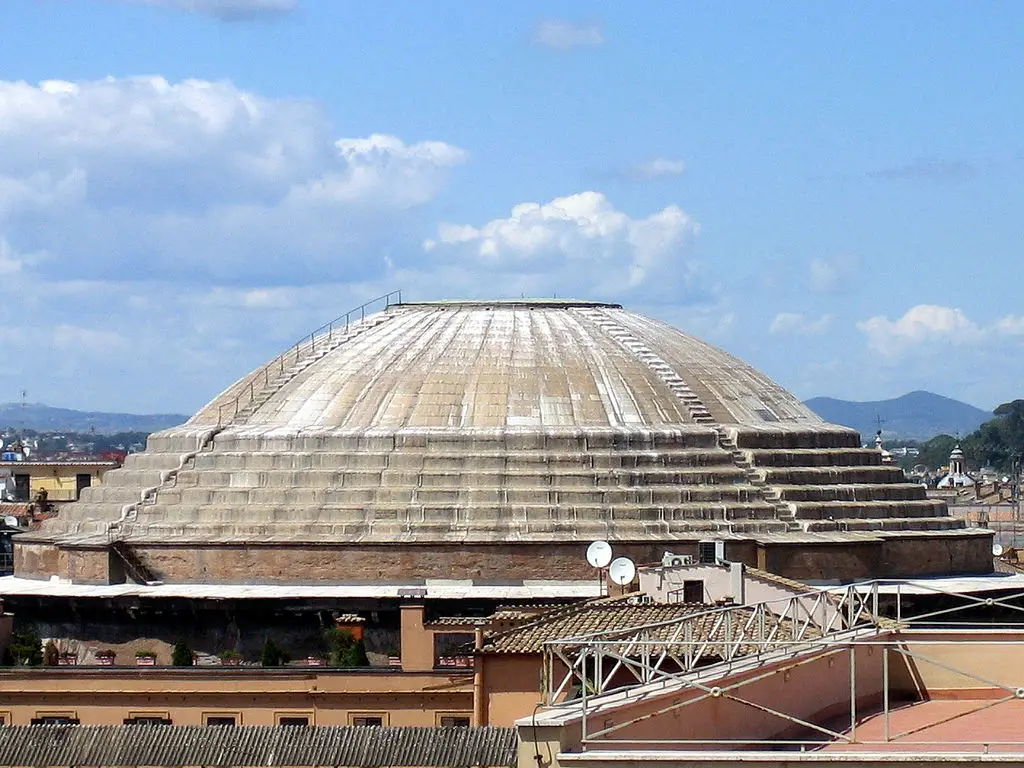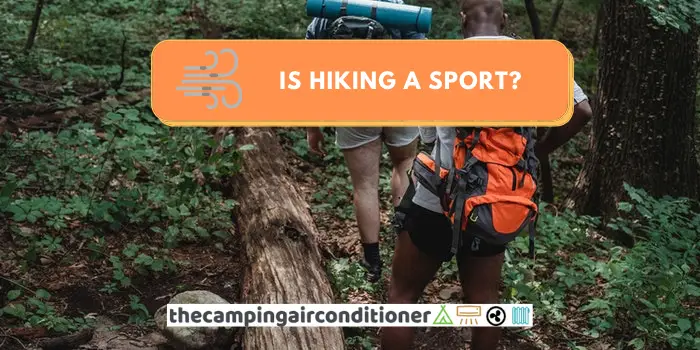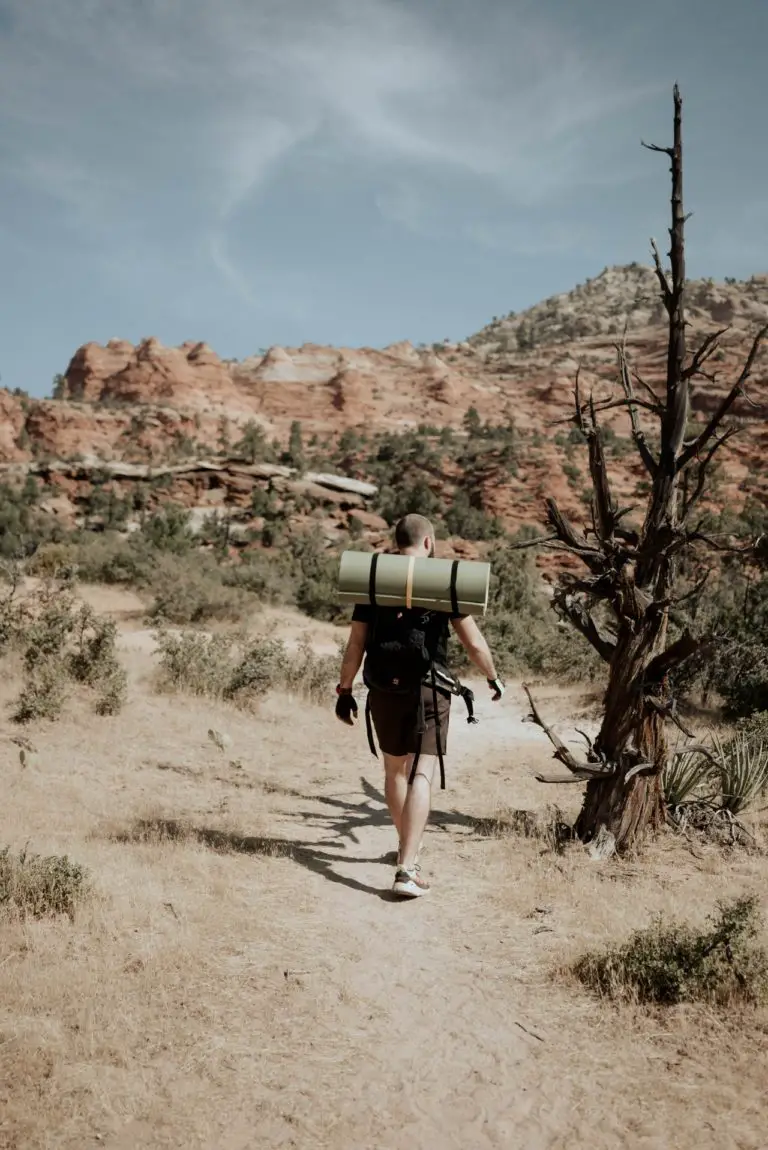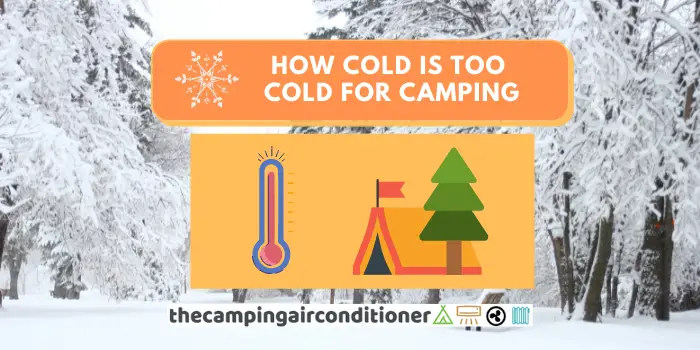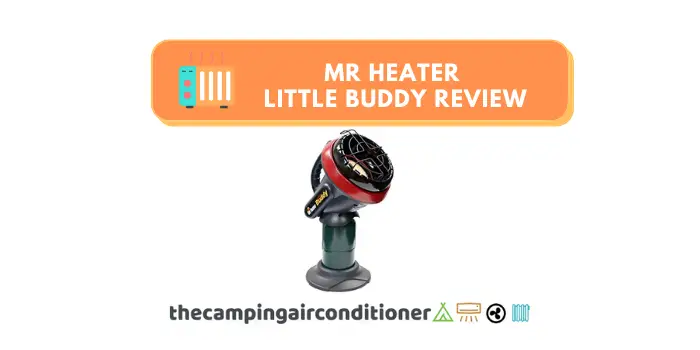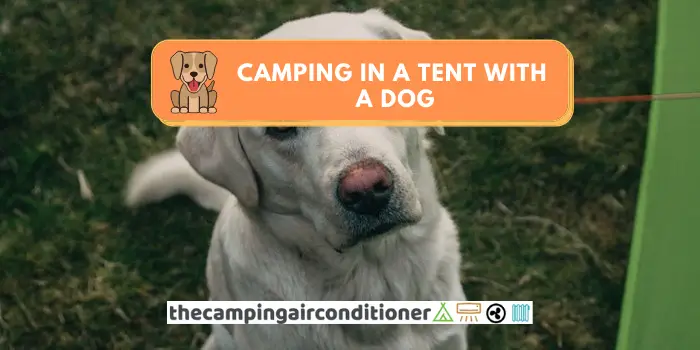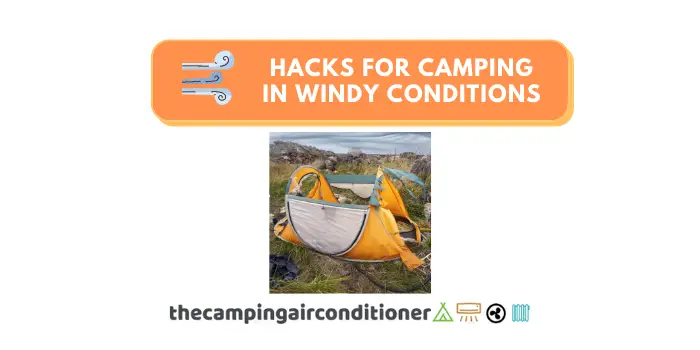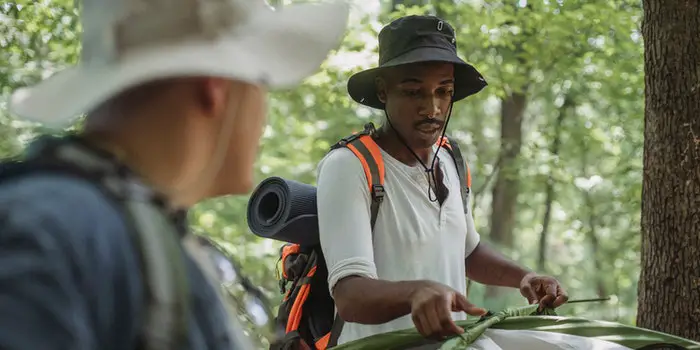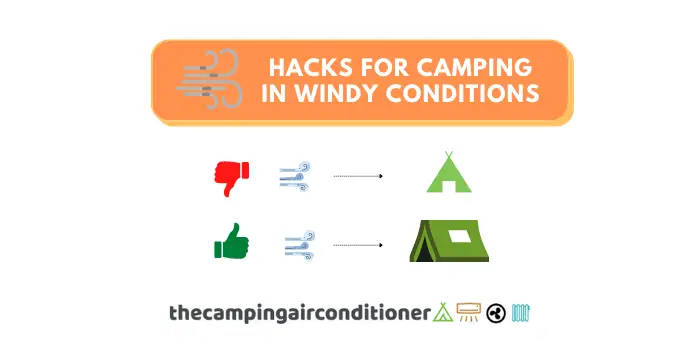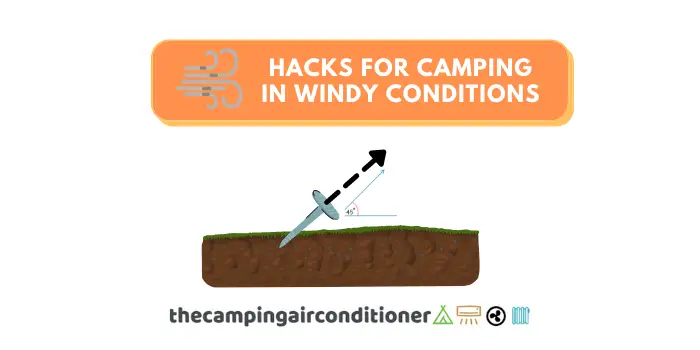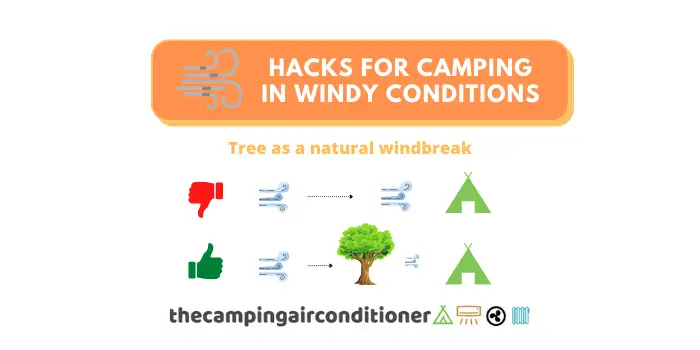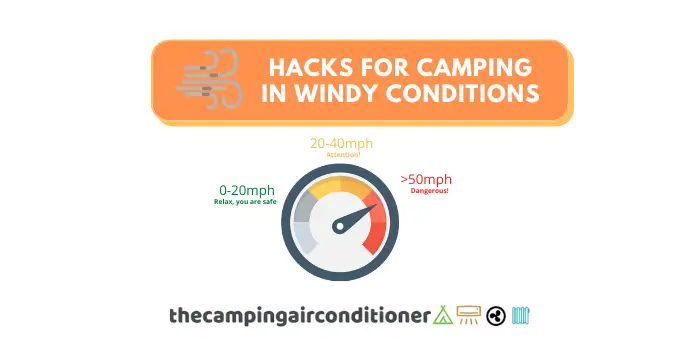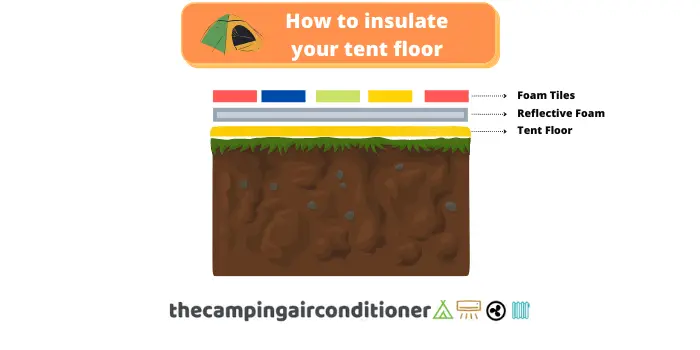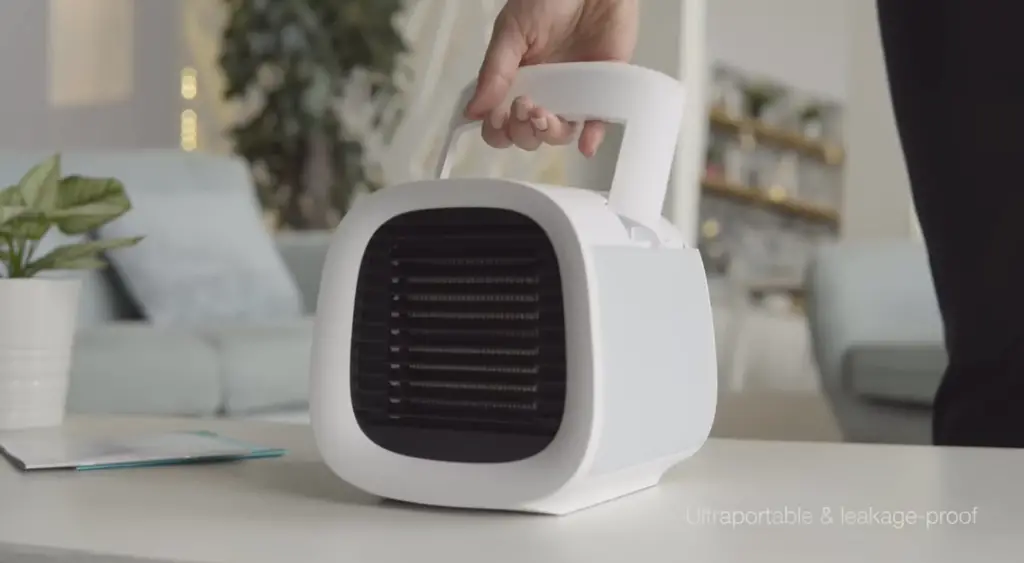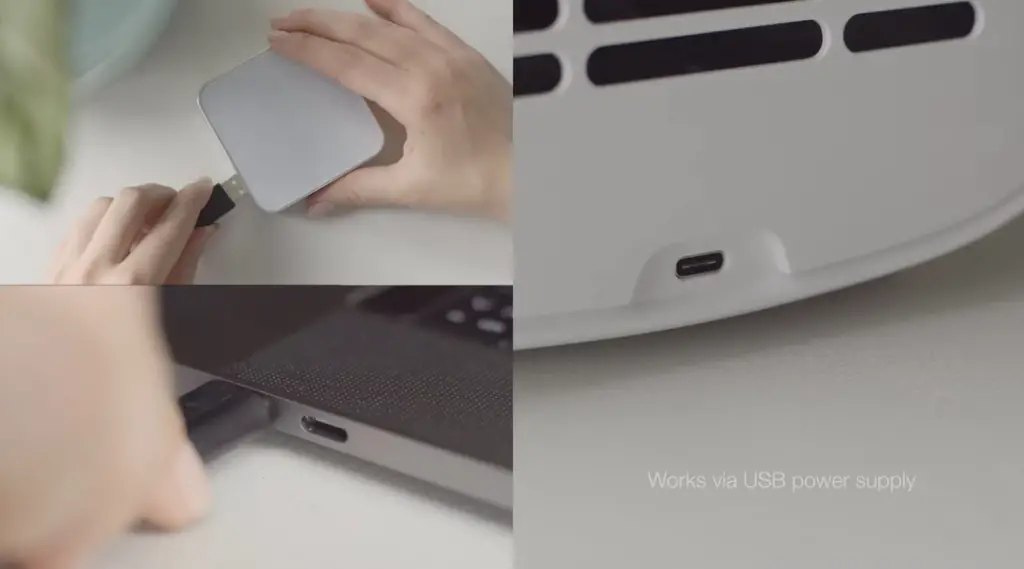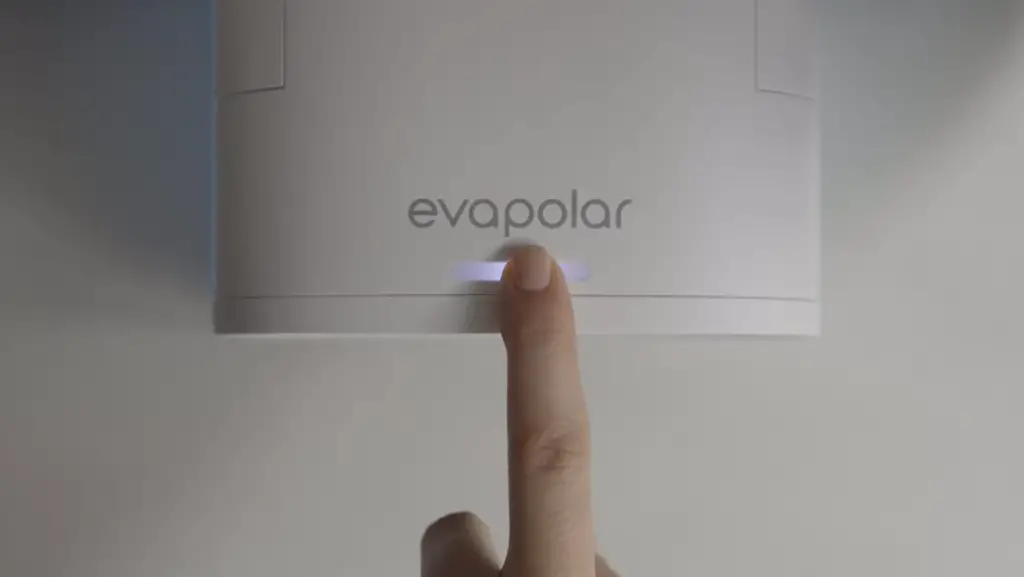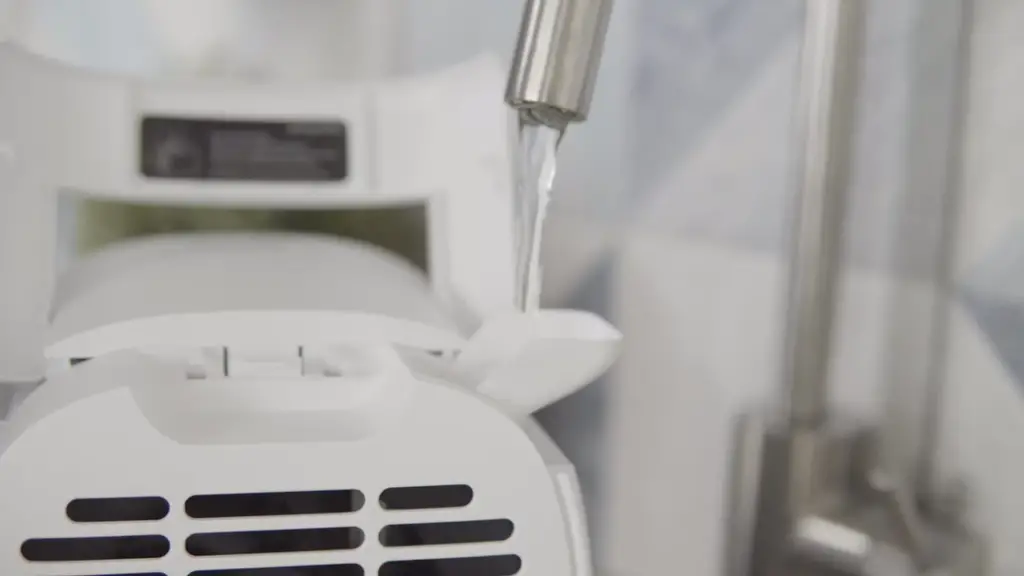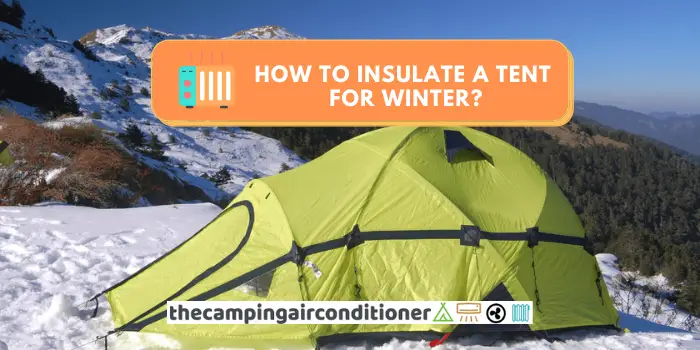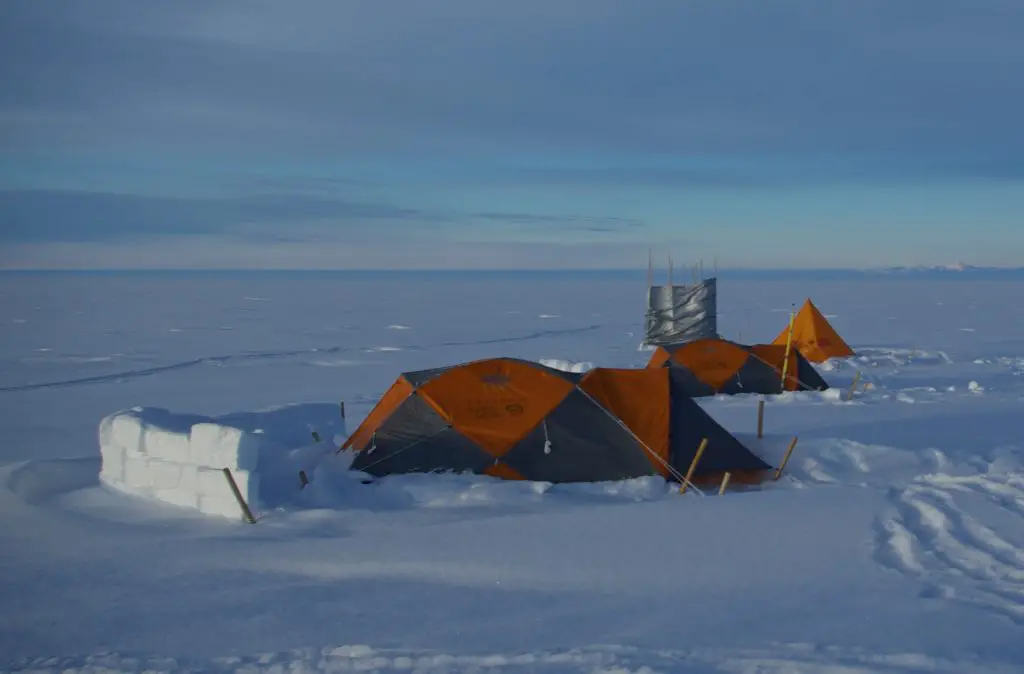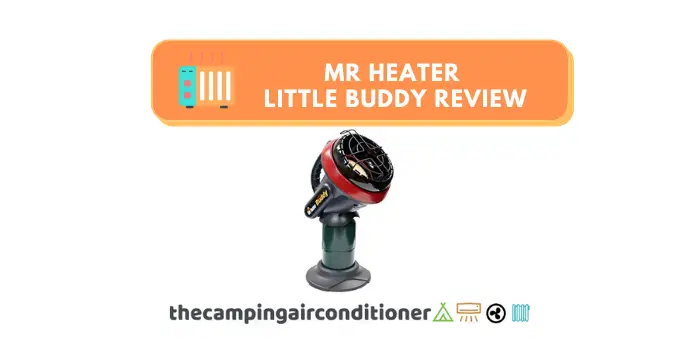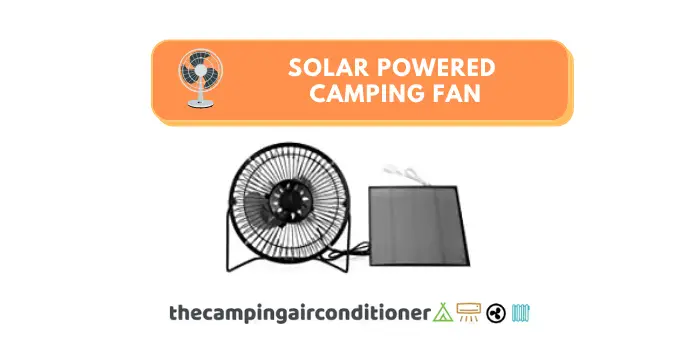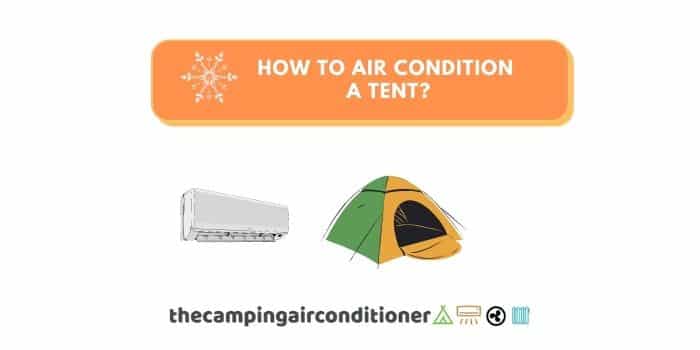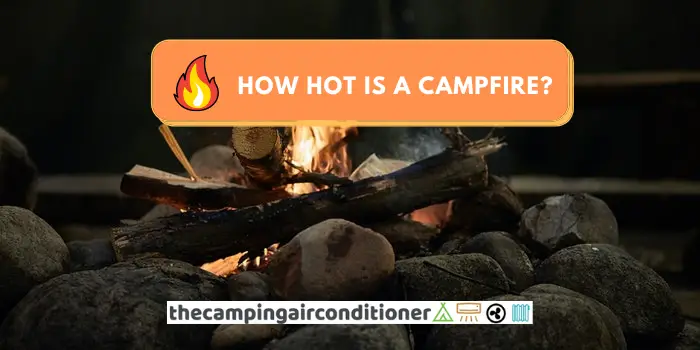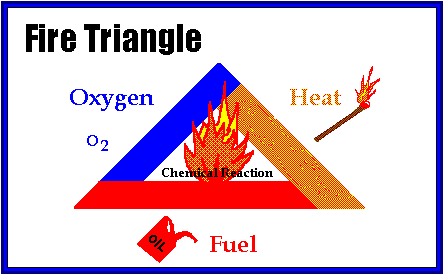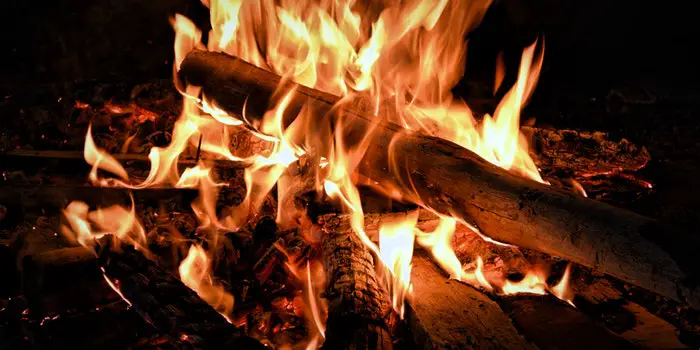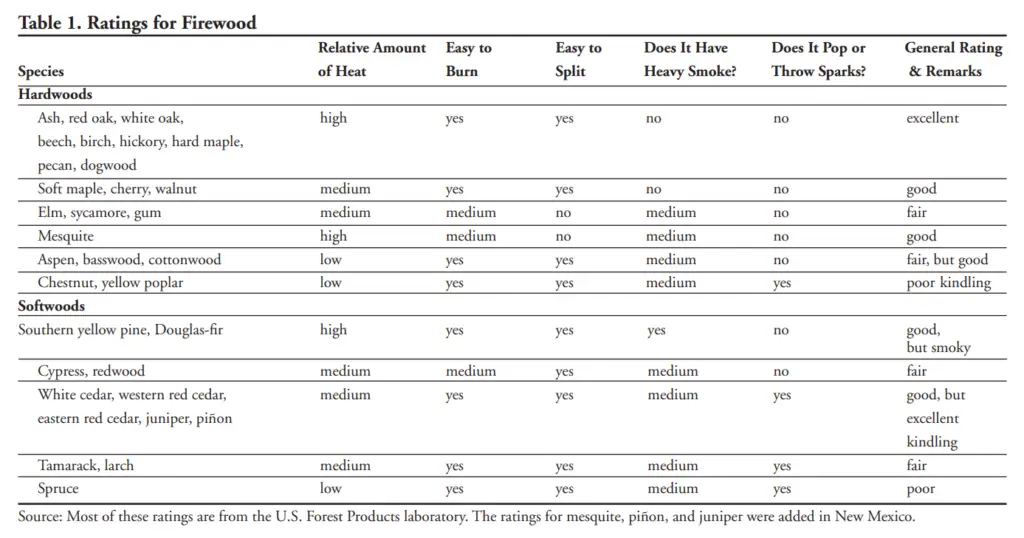Dome tents vs Cabin tents – Which one you should pick?
There is a wide range of tents in the market today. They vary according to their size, fabric, ability to handle weather conditions, and many other factors. Another crucial aspect you should consider before buying your next shelter is its shape. Apart from aesthetics, it can heavily influence your camping experience with it.
We have been asked this question many times: Which tent shape should I pick – a dome tent or a cabin tent? Our answer to this question is: it depends on some factors such as:
- Camping conditions (rainy/windy x sunny conditions)
- Desired space and portability (backpacking x family camping)
- Price
- Ease of setup
- Preferred tent height
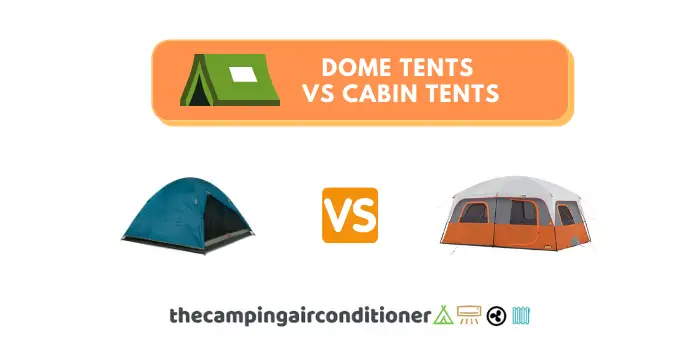
A dome tent usually works better for backpackers, casual campers and smaller groups who are after easy setup features. Overall, these tents perform better in rainy and windy conditions and are cheaper.
On the other hand, a Cabin tent offers plenty of room to accommodate you and your family. Some of them even come with room dividers, increasing privacy. Because of their structural arrangement, they tend to be bulkier, which translates into more expensive models.
Dome tents vs Cabin Tents - which one should you pick?
TL;DR – We have prepared a table that summarises which tent you should pick according to your requirements. For more details, keep reading the article and the FAQ section below.
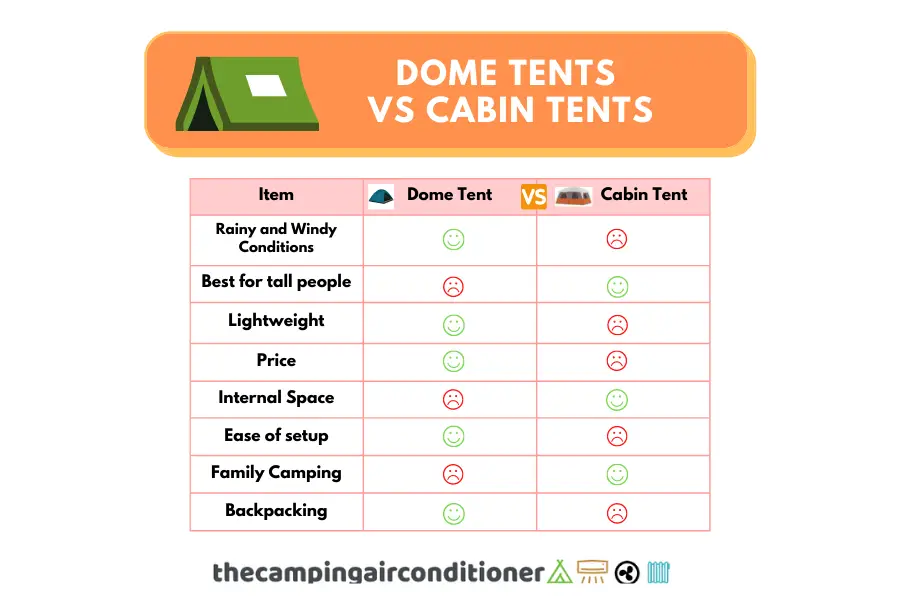
What is a dome tent?
Dome structures were created around 100 A.D. by Roman engineers and architects. It is believed that the first dome structure was built in the Pantheon (Rome, Italy). Among the advantages of the dome as a structure, we can highlight the following: increased stability, use of less material, improved aerodynamics to deal with wind loads, and great aesthetics.
Because of these benefits, dome tents are probably the most common existing tent shape. It usually comprises flexible-curved poles that meet at the tent’s centre based on a square floor, providing a natural dome shape.
Advantage of dome tents
The advantages of dome tents are numerous:
- It usually is a lighter tent because of its shape and structural benefits (it tends to use less material).
- Since it uses less material, it tends to be cheaper.
- Dome-shaped tents are known for their stability and better aerodynamics, resulting in better performance during rainy and windy conditions.
- They can free stand without stakes.
- Easy setup, disassemble and pack with plenty of pop up tent options.
- Ideal for backpacking and hiking adventures
Disadvantage of dome tents
Some of the disadvantages of dome tents are detailed below:
- The taller the dome tent, the more unstable it will be
- Not ideal for large groups
- Sloped walls reduce standing headroom
What is a Cabin tent?
Their design provides campers with more space and headroom for movement, ideal for family or luxury camping (glamping). On the other hand, a drawback of this model is its poor aerodynamic performance, meaning that you might struggle with cabin tents during rainy and windy conditions.
Advantage of cabin tents
In short, the advantages of cabin tents are:
- They provide you with plenty of space and headroom.
- Some big tents even come with room dividers, which is great for privacy
- Ideal for tall people and family camping
- They usually have higher durability
Disadvantage of cabin tents
Among their drawbacks, we highlight:
- It usually takes more time to set up, disassemble and pack (even though there are instant setup options these days).
- They use more material, and, therefore, tend to be more expensive
- Poor aerodynamics, with bad performance in rainy and windy conditions
FAQ
Which tent should I buy - a dome tent or a cabin tent?
As previously discussed, it depends. Both come with benefits and drawbacks. We recommend cabin tents for family camping and those after more room.
Pick a dome tent if you are keen on more versatility and easy set-up.
Which tent is better for windy conditions - dome tents or cabin tents?
Overall, dome tents tend to perform better in windy conditions because of their shape. There is a caveat, though – dome tents will become more unstable as they become taller.
Which tent is better for rainy conditions - dome tents or cabin tents?
Dome-shaped models help rainwater flow, ensuring better performance under rainy conditions.
Suggested Article
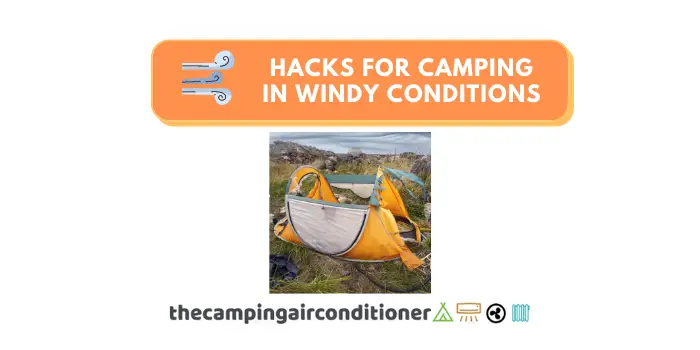
We all have been in this situation – out of the blue, a wind load of more than 50km/h reach our campsite. Our tents start
Which tent is better tall people - done tents or cabin tents?
For more space and headroom, choose a cabin tent.
Which tent is more suitable for backpackers - dome tents or cabin tents?
Dome tents usually are smaller, lightweight, compact and easy to set up. Therefore, if you are a backpacker, hiker, or are camping in smaller groups, choose dome-shaped models.
Which tent is more suitable for family camping - dome tents or cabin tents?
Lorem ipsum dolor sit amet, consectetur adipiscing elit. Ut elit tellus, luctus nec ullamcorper mattis, pulvinar dapibus leo.
Is it possible to fit an AC in these tents?
Yes. You can fit an tent air conditioner in all these tents. However, we understand that mini ac will suit better dome tents, whereas window ac or portable ac units will suit better cabin tents.
Is it possible to use a heater inside these tents?
Yes. There is no problem in using a tent heater inside a dome or cabin tent. However, you should always pay attention to the following safety measures:
- Ensure that you have a carbon monoxide detector in place
- Make sure that there are overheating and tip-over auto-shutoff mechanisms
Suggested Article
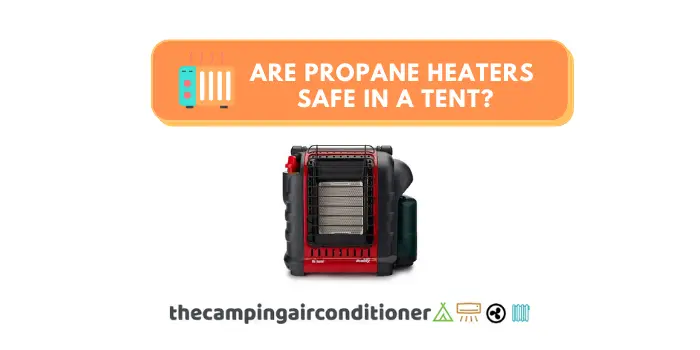
Camping can be a lot of fun, but if you’re not prepared for the cold, it can be miserable. Even in the summertime, it can
Verdict
As you have seen, the choice between dome tents and cabin tents will rely on many factors, such as:
- Camping weather conditions
- How big your camping group is
- The need for space
- Your budget.
There is not a better or worse option, but only the one that will suit you better. We hope this article has helped you wish you a happy camping trip!

